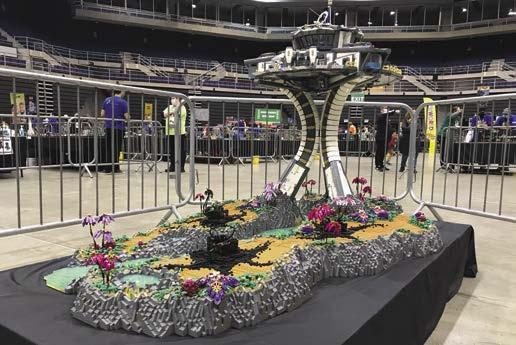
6 minute read
James Zhan’s Flower Gallery
Bio-Research Station 22
Commander’s Log:
For the past few years, this station could have been called a quiet or even dull backwater post. The projects we have worked on have had their share of successes and failures, but nothing unusual happened here until last night. Our sensors detected seismic activity that was too low for anyone to feel in the past month. We couldn’t pinpoint the source of the activity as it appeared to be moving. Readings were contradictory: there would be one source, or multiple sources. The Science Department had been analyzing the readings, until yesterday when we discovered the anomalies. A number of alien creatures had appeared that seem to be attacking the native flora and fauna.
These creatures appear to correspond with the seismic activity and are breaking down the soil at a structural level. We are concerned with the rate of growth of the structures, and also if they will weaken the grounds supporting the station. Science and Engineering are studying the phenomena. Building has been something Nathan Hake has been doing since childhood. He got his first LEGO set at the age of three, and 21 years later, hasn’t stopped. His creativity started at about the same time, with the LEGO sets he got growing up never staying together very long. It got to the point that his dad started gluing the sets together, but Nathan’s little fingers still managed to break them apart. He would spend hours looking through LEGO magazines just trying to figure out how sets were made and trying to replicate play features. He was always building something: cars, spaceships, buildings, Bionicles—anything, really. Whenever he got inspiration, he would just build. Bio-Research Station 22 is one of many creations by Nathan, a builder in New Zealand. Displayed at the 2022 Christchurch Brick show, the base of the layout was 2 meters by 1.2 meters. The tower stood at 1.3 meters high, making this the tallest build Nathan has done, as well as one of his largest. Nathan used one M (medium) motor for the black alien creatures to make them appear to be breathing. To completely light the layout, he used ten LEGO Power Functions LEDs, one classic LEGO LED unit for the flashing lights on the cargo ship, and seven LEGO Power Functions extension cables. All of this is powered by one Power Functions battery unit. One challenge Nathan enjoyed was hiding the components and keeping them easy to access, such as using a hidden button for the power and a hidden drawer for battery access.
On display.
The size of the layout is seen here.
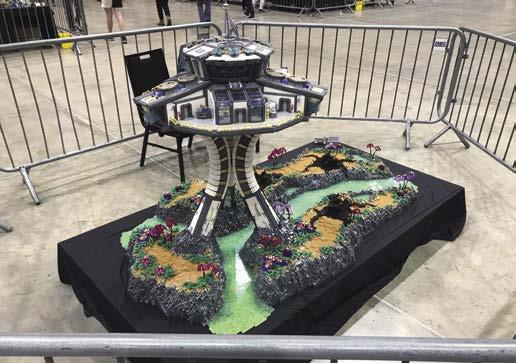
Building
Building microscale is always a challenge, but the results can be really impressive. Such is the case with Brian Costello’s growing Houston cityscape. Seen at Brick Rodeo 2022 in Austin, Texas, the layout was a great display of the skyline that came to life when lit for the event’s lights out time. BrickJournal talked to Brian about his build.
A rendering of Houston.
Brian Costello: Building Houston
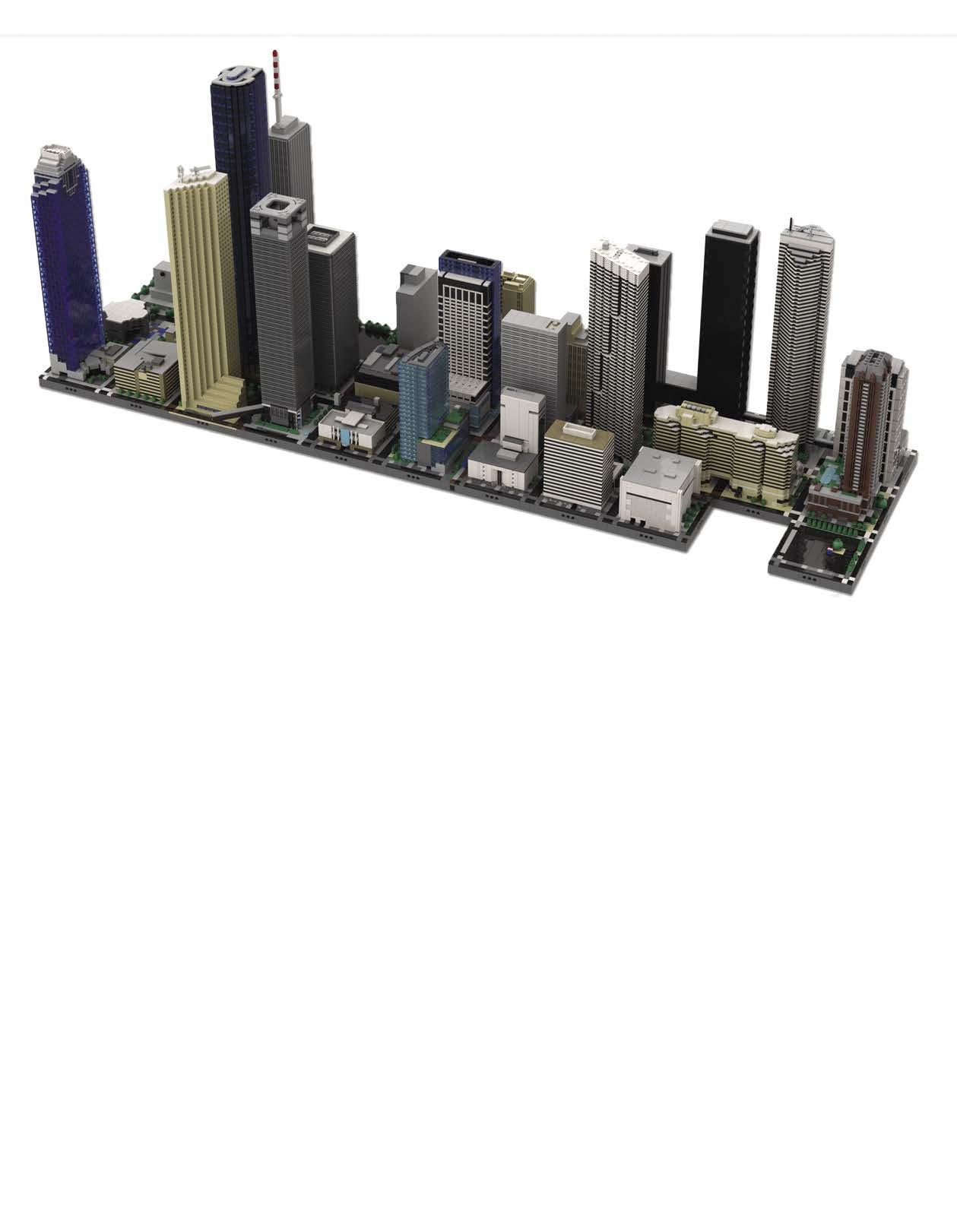
Interview by Joe Meno Photography by Brian Costello, Joe Meno
The built version of the city.
BrickJournal: Tell us about yourself. What do you do?
Brian Costello: I’m an engineer at NASA’s Johnson Space Center. I’ve had a few different jobs there over the years, but I’m currently a Visiting Vehicle Engineer in the ISS Program Office. Basically, that means that I help decide which cargo goes on which rocket going to the International Space Station, and I help make sure that all of the paperwork is complete and correct.
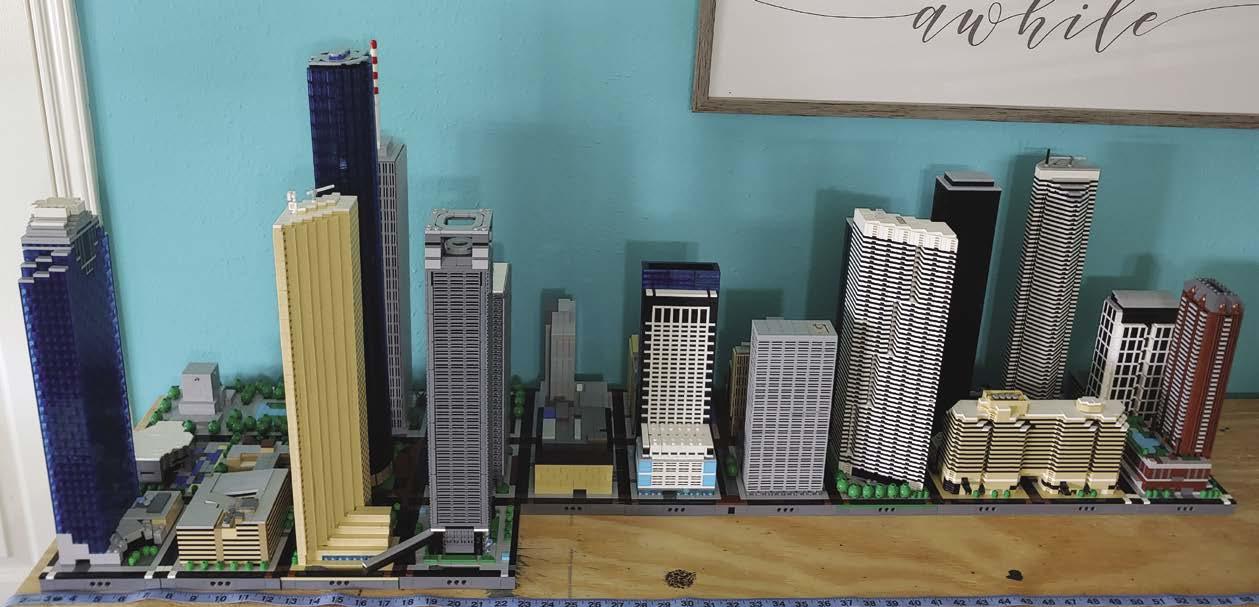
What was the hardest build you have done?
The hardest one I’ve completed was probably the Houston soccer stadium (currently named PNC stadium). It was the first building I designed to have lighting, and it also has a weird angular shape. But I’m really happy with the way it turned out! My next Houston building is turning into an even more difficult mountain to climb, but we’ll have to wait to see if I can conquer that one.
What’s a build you are most proud of? Are there any other parts of your build that you want to focus on?
I’m really proud of the stadiums. I feel like they are some of the most iconic landmarks we have in Houston. But it’s always super exciting to me when I’m at a show, and someone comes up to tell me “I work in that building” or “I live in that building.” If the people who really live their lives there can recognize it, then I must have done a good job.
Why do you build? Do you build because you want to make a replica of something? Or just want to create? Or something else entirely?
I like figuring things out. I don’t consider myself super creative. I’ve always struggled with a blank canvas. I can even remember in grade school being stuck for hours trying to start an essay because I had no idea what to write down. Scaling these buildings down is still a challenge, and it still takes engineering; but it alleviates some of that pressure of coming up with the original idea.
The Astrodome. Another view.
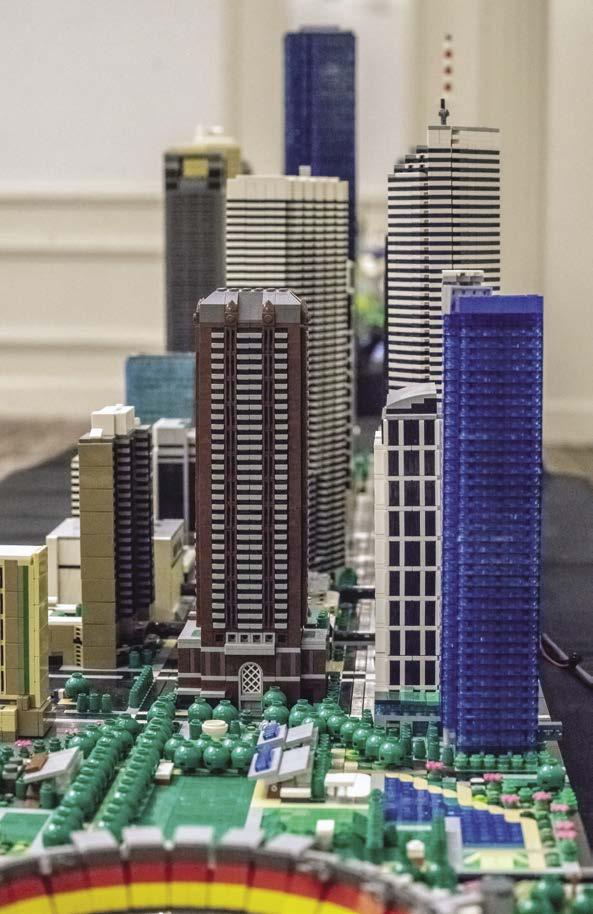

Building
Dan Rubin’s
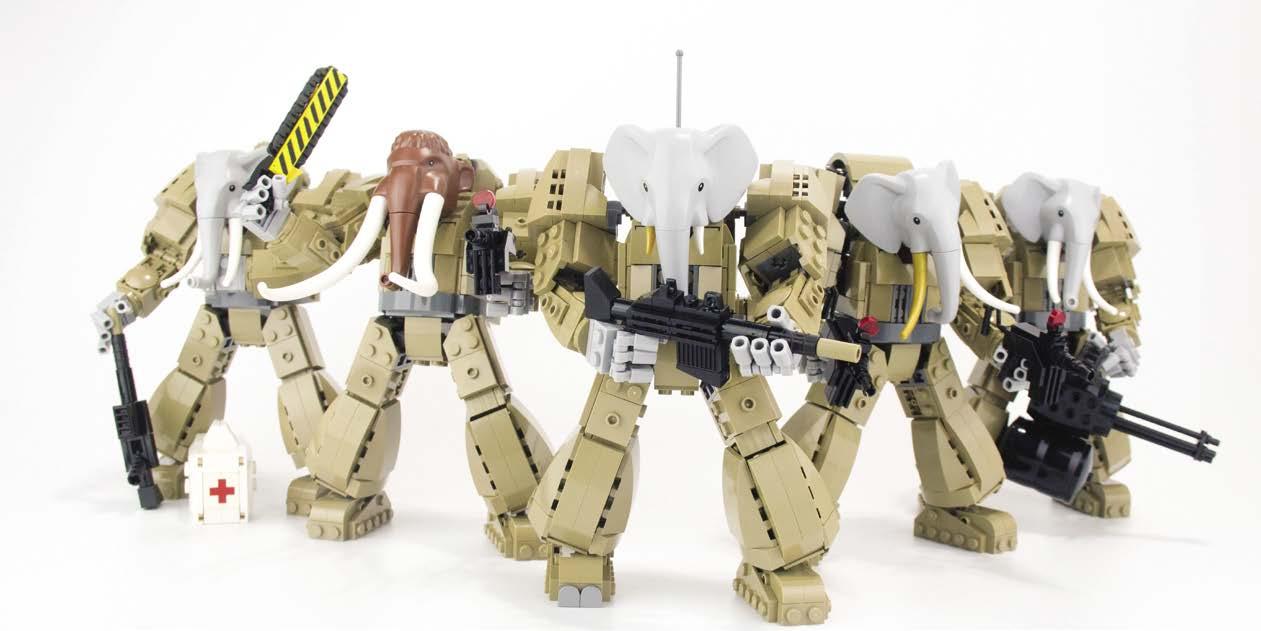
Article and Photography by Dan Rubin
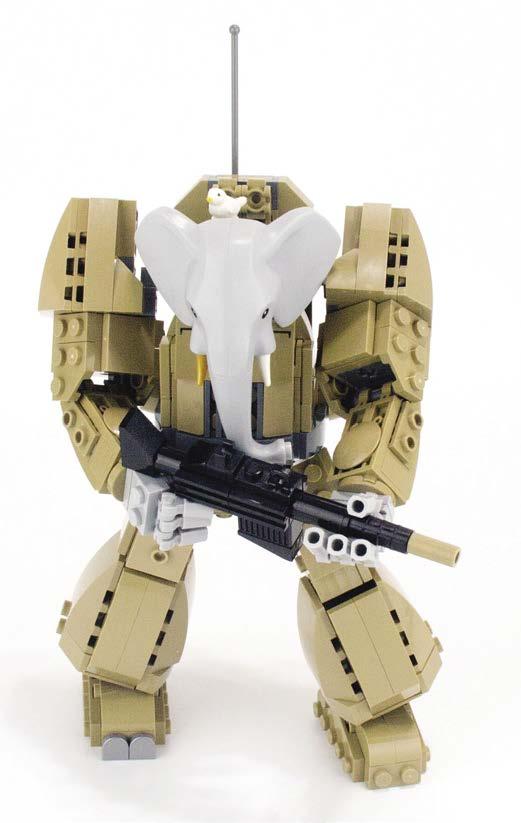
Dan Rubin is an AFOL based in the Washington, DC area who has been displaying at LEGO fan events such as Brickfair Virginia. His specialty is Space-oriented builds and layouts. For his latest set of models, he had an unlikely source of inspiration. Dan tells the story: As soon as I saw the new elephant head piece, I knew I wanted to build these MOCs. I just instantly wanted to see them as warrior elephant people. I ordered the heads from LEGO customer support. After a few months of waiting on orders (turns out, while they’re pre-bagged, the bag does not include the trunk!), I had these heads and started building. I initially envisioned one with an elephant gun (turning the tables on big game hunters). While I didn’t end up building that weapon, the concept of turning the tables on hunters/poachers remained. Of course, I had to make a pun with the name, so I decided to call them the P.A.C.H. as a acronym—they became the Poacher Assault Containment Herd. Their backstory is that they’re genetically engineered to be the ultimate protectors of endangered species from the poachers of the future—suited to the environment, gentle with the animals, ferocious defenders, and perfect memories.
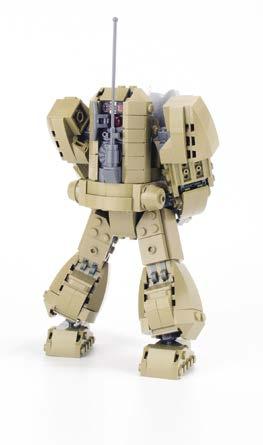
Sarge is the first member of the herd that I built. Originally, it was going to be the only one, but I couldn’t resist “squading up.” Sarge is a veteran NCO who has seen her share of combat and injuries (hence the gold tusk). She’s always accompanied by the “L.T. Bird.”



